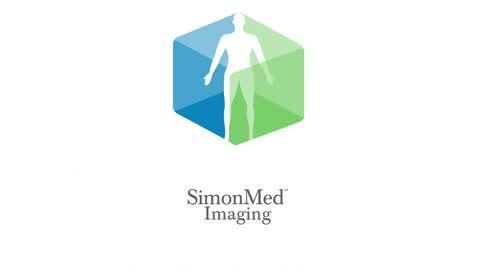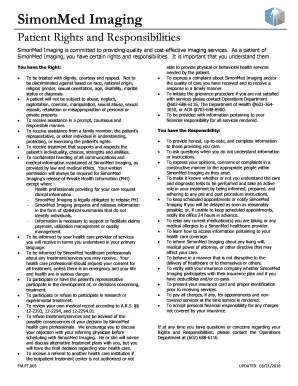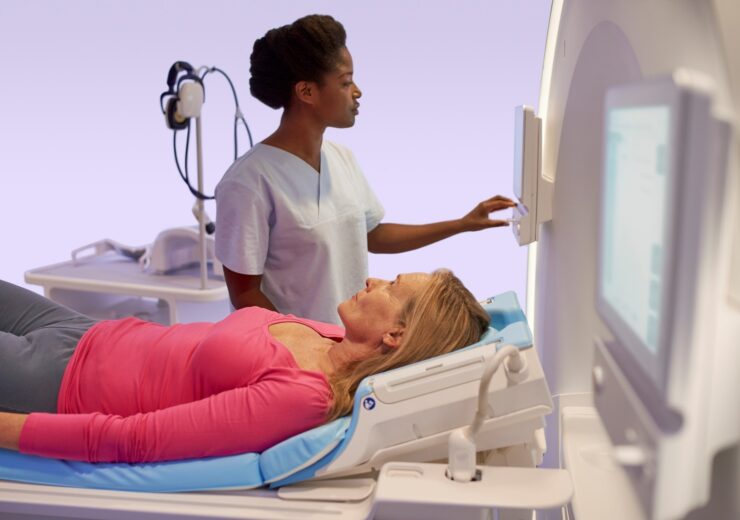

2ĭr Fiona Simon is a part time partner in a large health centre and the clinical governance lead for her primary care trust. For example, images such as the heart as a pump frame medical thinking, and conventional management thinking assumes that work and organisations can be thoroughly planned, broken down into units, and optimised.

Newton's “clockwork universe,” in which big problems can be broken down into smaller ones, analysed, and solved by rational deduction, has strongly influenced both the practice of medicine and the leadership of organisations. This may be because there is genuine cause for alarm, but it may simply be that traditional ways of “getting our heads round the problem” are no longer appropriate. The experience of escalating complexity on a practical and personal level can lead to frustration and disillusionment. Today's epidemics have fuzzier boundaries (one is even known as “syndrome X” 1): they are the result of the interplay of genetic predisposition, environmental context, and lifestyle choices. Not so long ago public health was the science of controlling infectious diseases by identifying the “cause” (an alien organism) and taking steps to remove or contain it. The solution to your problem is unlikely to come in a bottle and may well involve a multidisciplinary team. Your declared values and preferences may be used, formally or informally, in a shared management decision about your illness. Your treatment will now be dictated by the evidence-but this may well be imprecise, equivocal, or conflicting. These days you are as likely to be there because the doctor (or the nurse, the care coordinator, or even the computer) has sent for you. You used to go to the doctor when you felt ill, to find out what was wrong with you and get some medicine that would make you better. These individuals often worked long hours, but most of their problems could be described in biomedical terms and tackled using the knowledge and skills they had acquired at medical school. The specialist worked in a hospital, focused explicitly on a particular system of the body, was undisputed leader of his or her “firm,” and generally left administration to the administrators. Just 30 years ago the typical general practitioner in the United Kingdom practised from privately owned premises with a minimum of support staff, subscribed to a single journal, phoned up a specialist whenever he or she needed advice, and did around an hour's paperwork per week.

SimonMed Imaging may also be known as or be related to SimonMed Imaging, SimonMed Imaging, Inc., Simonmed Imaging and Simonmed Imaging Incorporated.Across all disciplines, at all levels, and throughout the world, health care is becoming more complex. The data presented on this page does not represent the view of SimonMed Imaging and its employees or that of Zippia. None of the information on this page has been provided or approved by SimonMed Imaging.

While we have made attempts to ensure that the information displayed are correct, Zippia is not responsible for any errors or omissions or for the results obtained from the use of this information. Sources of data may include, but are not limited to, the BLS, company filings, estimates based on those filings, H1B filings, and other public and private datasets. The data on this page is also based on data sources collected from public and open data sources on the Internet and other locations, as well as proprietary data we licensed from other companies. The employee data is based on information from people who have self-reported their past or current employments at SimonMed Imaging. Zippia gives an in-depth look into the details of SimonMed Imaging, including salaries, political affiliations, employee data, and more, in order to inform job seekers about SimonMed Imaging.


 0 kommentar(er)
0 kommentar(er)
